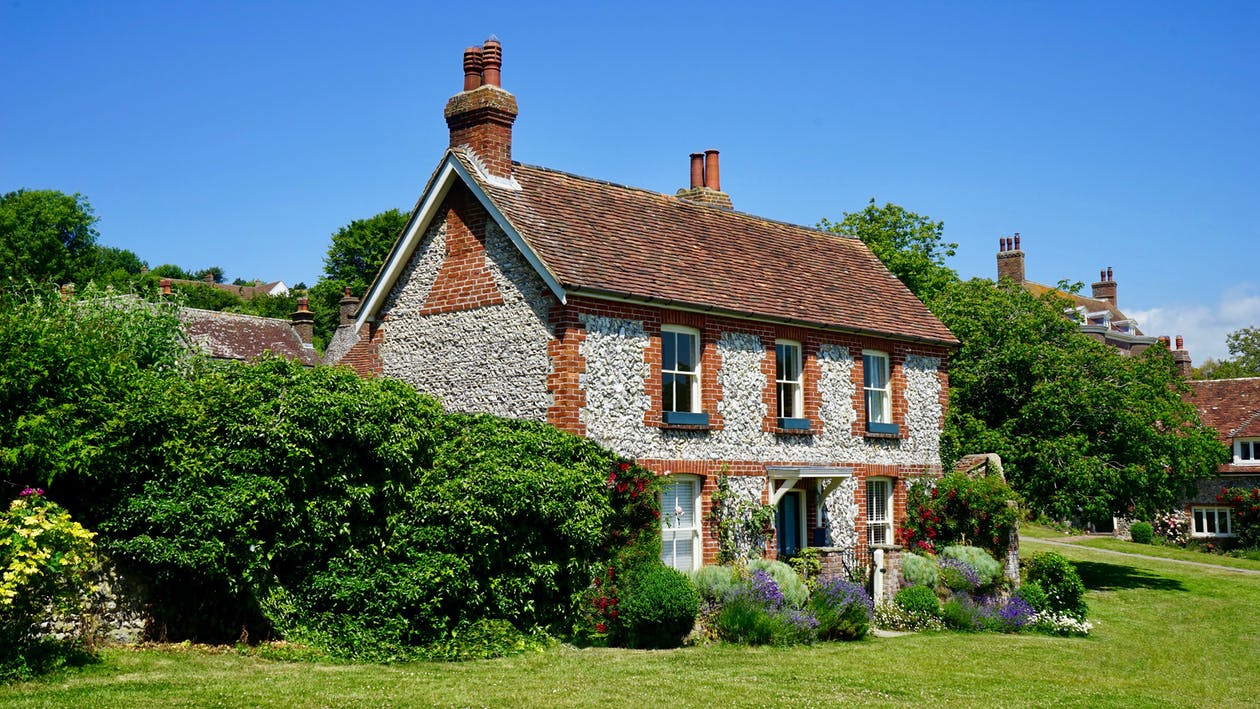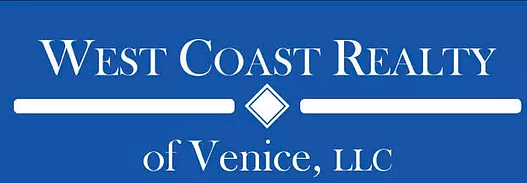 Most of us have had this experience: Walking through a cute town, you see a house that pops with character—because it’s one of the first ones built in the region. And as you continue on your stroll, you’re probably imagining what it would be like to wake up every morning inside the house.
Most of us have had this experience: Walking through a cute town, you see a house that pops with character—because it’s one of the first ones built in the region. And as you continue on your stroll, you’re probably imagining what it would be like to wake up every morning inside the house.
Owning a historic home is a dream for many, but the reality is (of course) wildly different than the dream. Historic homes have a lot of appeal, but they also come with potentially unpleasant surprises that you might not fully understand until you’re responsible for fixing them.
When you’re getting ready to buy an old house, talk to your real estate agent about what inspections they recommend to avoid these surprises, and what other problems might emerge in homes in your area. You’re working with experts for a reason!
Very little weather-proofing
When historic homes were built, the contractors simply didn’t have the materials and technologies available today to make that home as comfortable as possible. As a result, your old home is going to be more susceptible to the elements, warm and cold alike.
Specifically, you’ll be looking at insulation that isn’t as effective as its modern counterparts, original windows that let in every draft (and possibly don’t have screens or won’t open easily, to boot), and more.
And there’s a related surprise: Heating an old house can be incredibly expensive, especially on an oil heating system.
Outdated building materials
Not only will the materials in your old house be less efficient, but they might have been phased out from construction entirely. This could mean you have to pay to remove certain materials in order to ensure your house is as safely habitable as possible.
Materials such as lead paint or asbestos have been linked to health problems caused by ongoing exposure—and they were used all the time in construction projects.
An electric system that’s seen brighter days
Knob-and-tube wiring is an older method of wiring a house that was popular prior to 1950—and there’s nothing inherently bad or dangerous about this wiring method, but because we’ve come up with better methods since it was popular, some insurance companies will refuse to insure a house that has knob-and-tube wiring. Porcelain tubes and knobs direct the wires and keep them from touching flammable surfaces. If it’s been well-maintained, then it probably still works perfectly, but it’s considered hazardous nonetheless.
Your outlets might also need replacing if they were installed decades ago; many older outlets do not have the triple-prong common to electrical items sold in 2022. Without that third prong, you won’t be able to plug anything into your walls!
Antique-worthy appliances and systems
Speaking of the electrical system, that’s far from the only system (or appliance) that’s likely to be less-than-new when you buy an old house.
Water heaters, furnaces, or even refrigerators and stove units might be older than you are! Depending on how well everything has been maintained, it might be fine to rock and roll for a few more years … or on its last legs, in which case, you’ll need to consider replacement. And that gets complicated when your home’s systems weren’t built to support modern appliances!
Layouts that don’t support more modern lifestyles
Depending on when the house was built, it’s likely that the open floorplan that blends living room into dining room and even the kitchen is … far from the norm. In older homes, the kitchen is typically small and dark, squeezed away from the dining and entertaining areas.
In fact, those dining and living spaces are likely to be closed and separate from each other, too. And in some cases, there might not even be any hallways—think a shotgun home in New Orleans, for example, where the rooms are all arranged in a row, and you have to walk through living and bedroom spaces to reach the kitchen (typically situated at the back of the home).
Uninvited guests
The longer a house has been standing, the more entry opportunities that pests have to try to nest inside. Mice and termites are, of course, concerning … but you might also be dealing with infestations of bats, snakes, or other pests that aren’t as common. (And in the case of some of them, you might be limited in how you can move them—some bats are endangered or threatened species.)
If the idea of sharing your space with the local fauna freaks you out, make sure you talk to your agent about which pest inspections they recommend.
Rules about what you can and can’t change
A historic house was built when building codes were historic, so it’s natural to want to do some work on an older house when you get one, whether that means restoring or modernizing it. But be warned: Depending on where the house is, and the rules that govern historic areas in that part of the world, you might not be able to make as many changes as you’d hoped—or any!
Historic districts, zoning ordinances, and other regulatory and legal issues can hang up your plans to create a dream home out of your old-house purchase. That’s one surprise you definitely don’t want jumping out at you after you’ve closed and moved in!
Other hazards
There might be unknown hazards and issues with a historic home that you simply don’t see with more modern builds. Radon, for example, is an odorless gas that is present in the ground in some areas and is a known carcinogen; you can get a radon test for a house before you buy it, but be aware that mitigating it is expensive.
Don’t forget to pull up any carpeting to inspect for moisture, to check for dry rot in the wood, and generally be aware of the hidden dangers that could turn into an enormous headache once you’re the home’s official owner.
The cost of your insurance
Insuring a historic house can be difficult to downright impossible, depending on where it’s located. Some insurance agencies will not offer policies for homes built before a certain year, and others that do offer policies for historic homes won’t provide the same breadth of options that you could get with a new home.
Additionally, the insurance itself will probably cost more than it would for a similar house that’s newer. Rebuilding or replacing a historic home isn’t as cheap to begin with, and the outdated systems and appliances can present an additional hazard (or risk, in insurance-speak) that the companies are going to charge more to cover.
How to avoid the worst surprises
If these don’t sound like the kinds of surprises you want to encounter in your home purchase journey, then there are some things you can do to minimize the chances that you’ll wind up with an enormous fixer-upper project—or a money pit.
Get multiple inspections
It’s very likely not enough to get a single general inspection and call it good. When you’re buying a historic house, then you’ll want to think about specialty inspections that carefully examine different aspects of the home in order to ensure it’s ready for move-in.
Consider getting pest, mold, structural, and roof inspections for an older home, plus possibly tests for well or septic systems to ensure the water is in good working order.
Test the water
A water test might seem like overkill, especially after those inspections—but if there are any materials leaching into your drinking water that aren’t supposed to be there, well, that’s something you’ll want to know before closing! Older plumbing systems might have more opportunities to be compromised, and getting the water tested will give you a sense of exactly what you’re getting into.
If the water isn’t pristine, one solution is to install a housewide filtration system. This will filter any water that comes out of your tap and ensure that the water you cook and clean with is safe.
Research any restrictions
Buying a historic house with a plan to turn it into a vacation rental is going to turn into a major disappointment if you didn’t realize the house was in a municipality that’s banned Airbnb and VRBO. Likewise, if you were hoping to entirely modernize the house, historic districting restrictions might prevent you from even starting the projects that you’re dreaming of finishing.
Visit your local city or county offices and ask about existing restrictions, required permits, and other paperwork-related details that you’ll want to understand before you start working on an old house. Not sure where to start? Your agent should be able to help you figure out a jumping-off point for this research.
Budget for repairs and upgrades
Fixing up an old house costs money, and that’s money you might not have available to you if you just made a major purchase … such as a house. It’s a conundrum that you can avoid if you’re aware that you’ll need to set aside some money for repairs, upgrades, and maintenance.
A general contractor can help you ballpark some amounts to keep in your savings account for the inevitable projects after you buy a house. Try to see if you can find a specialist, someone who understands the extra work that a historic home can take—and don’t forget to pad any estimates; repairs and upgrades almost always take longer (and cost more) than you anticipate they will.
Or consider getting a renovation loan upfront!
Did you know that you can get a loan for a house that includes both the mortgage (to buy the house) and an additional loan to cover expenses for fixing up the house? It’s true! They’re called renovation loans, and many lenders work with them.
This can be an easy way to package everything together into a single payment; you’ll need to have an estimate for the repair costs, though. A lender can walk you through the details.
Can you expect any good surprises?
We’ve covered a lot of unpleasant surprises that you’ll find in an old home—but what about pleasant ones? Yes, you’ll find some of those, too.
First: Your historic old house is going to come with lots of character built-in. These aren’t cookie-cutter construction projects that are built using one of four different floorplans in a neighborhood with an HOA. Every home was built with a level of care that’s unusual to see in modern projects. From the cabinets to the windows to the banisters on the stairs, be prepared to find quality and character where you weren’t expecting it.
Older lots also tend to be bigger, sometimes much bigger. The landscaping and trees will be more mature, provide more shade, and you’ll have more space outdoors to spread out and play around if that’s of interest to you.
Finally, older homes are built to last. It’s still standing, after all! Homes were made to hand down from generation to generation within a family, and to that end, there are fewer corners cut and more care put into every last piece.
Buying a historic home is an adventure, more so than almost any other kind of home purchase. Working with an agent who’s familiar with these types of homes and who can guide you so that your pleasant surprises outnumber your unpleasant ones is going to be a key part of your journey.
